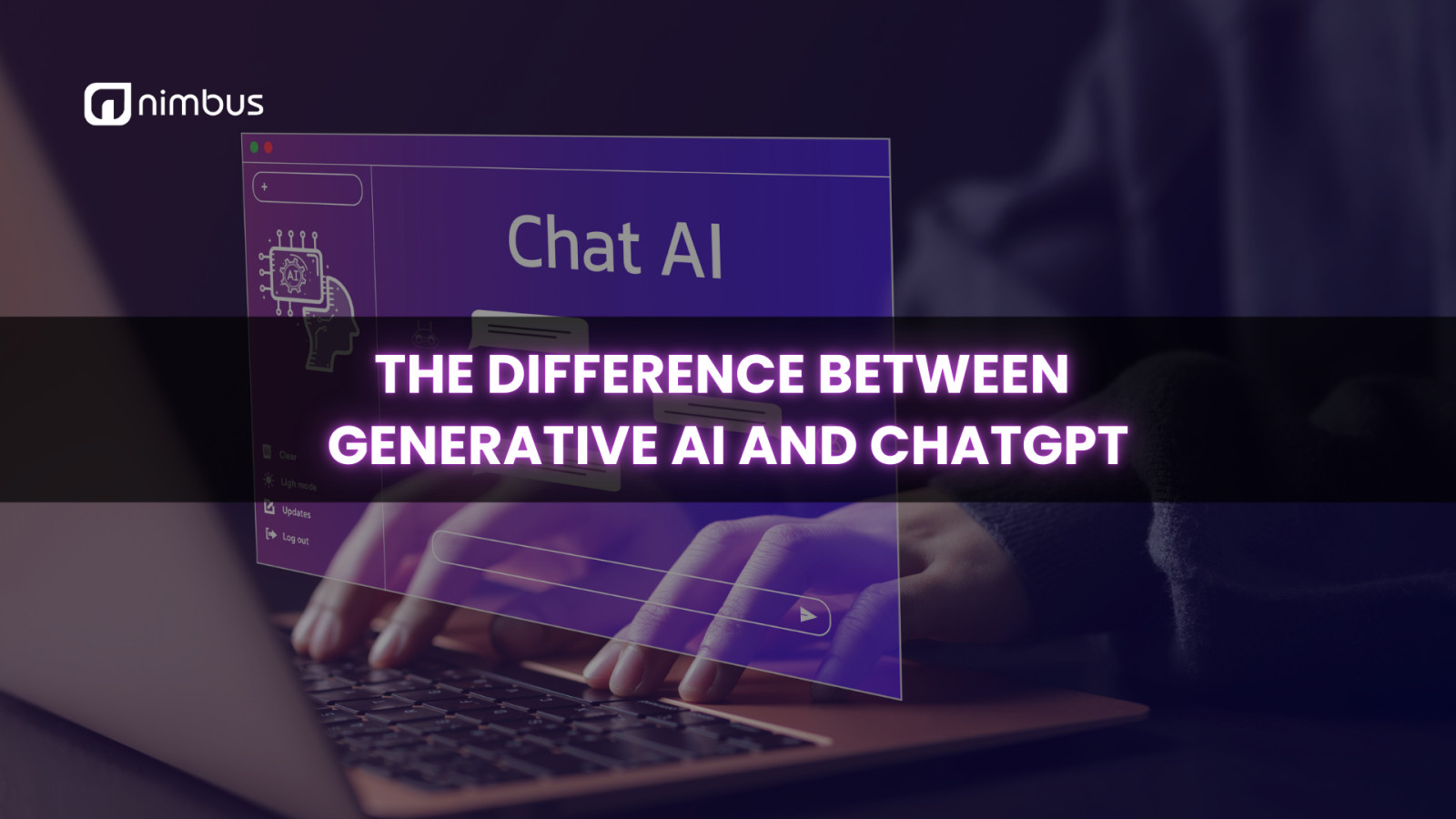Among these, Generative AI and ChatGPT have gained significant attention. While both fall under the umbrella of AI, they serve different purposes and function in distinct ways. This article aims to explore the concepts of Generative AI and ChatGPT, highlight their differences, and discuss their applications across various technology sectors.
What is Generative AI?
Generative AI refers to a class of artificial intelligence models designed to create new content. This content can include text, images, music, and even videos. The primary function of Generative AI is to generate outputs that are similar to the data it was trained on, often using techniques such as deep learning and neural networks.
Generative AI models learn patterns and structures within training data, allowing them to produce original content based on those patterns. Some well-known examples of Generative AI include Generative Adversarial Networks (GANs) and Variational Autoencoders (VAEs). These models are employed in various domains, including art generation, music composition, and game development.
What is ChatGPT?
ChatGPT is a specific application of Generative AI developed by OpenAI. It is designed for conversational purposes, enabling human-like interactions through text-based communication. Built on the GPT (Generative Pre-trained Transformer) architecture, ChatGPT has been trained on diverse datasets, allowing it to generate coherent and contextually relevant responses to user prompts.
ChatGPT excels in understanding and generating natural language, making it suitable for applications such as customer support, virtual assistants, and educational tools. Unlike broader Generative AI models, ChatGPT focuses specifically on dialogue, aiming to provide informative, engaging, and context-aware conversations.
Key Differences
While both Generative AI and ChatGPT are related, they exhibit several key differences:
1. Scope of Application
Generative AI encompasses a wide range of applications beyond just text generation. It can create images, music, and other types of content, making it versatile across various domains. In contrast, ChatGPT is specialized in text-based interactions, primarily focusing on conversational AI.
2. Model Architecture
Generative AI can utilize various architectures depending on the content type it generates. For instance, GANs are often used for image generation, while VAEs may be applied to tasks like data compression. ChatGPT, on the other hand, is built on the transformer architecture specifically designed for natural language processing (NLP), enabling it to excel in understanding and generating text.
3. Training Data
Generative AI models can be trained on diverse datasets relevant to their specific applications. For instance, an image-generating model may be trained on a vast collection of photographs, while a music-generating model may learn from a library of musical compositions. ChatGPT, however, is trained primarily on text from books, articles, and websites, allowing it to understand language nuances and context.
4. Interactivity
Generative AI models often produce outputs without real-time interaction, while ChatGPT is explicitly designed for interactive dialogue. Users can engage with ChatGPT in real-time, asking questions and receiving responses, which creates a dynamic conversational experience.
Applications in Technology
Both Generative AI and ChatGPT have found extensive applications in various technology sectors, showcasing their potential to revolutionize industries.
Generative AI Applications
Art and Design: Generative AI models like GANs can create stunning visual art and design concepts, enabling artists and designers to explore new creative avenues.
Music Composition: AI-driven music generation tools can compose original pieces, providing musicians with inspiration and new ideas.
Game Development: Generative AI can create realistic game environments, characters, and narratives, enhancing the gaming experience for players.
Content Creation: Businesses use Generative AI to automate the generation of articles, reports, and marketing materials, saving time and resources.
ChatGPT Applications
Customer Support: Many companies use ChatGPT to power chatbots that provide instant customer support, addressing inquiries and resolving issues efficiently.
Virtual Assistants: ChatGPT can be integrated into virtual assistants, offering users personalized recommendations and task management.
Education: In educational settings, ChatGPT can serve as a tutoring tool, answering student questions and providing explanations on various subjects.
Content Generation: Writers and marketers use ChatGPT to brainstorm ideas, draft content, and enhance their writing processes.
Challenges and Considerations
While both Generative AI and ChatGPT offer immense potential, they also pose challenges that must be addressed.
Ethical Concerns
The use of Generative AI raises ethical questions about authorship, originality, and the potential for misuse. For instance, AI-generated art or music may lead to disputes over intellectual property rights.
ChatGPT faces similar challenges, particularly regarding the generation of misleading or harmful content. Developers must implement safeguards to prevent the dissemination of false information.
Technical Limitations
Generative AI models can sometimes produce outputs that lack coherence or quality. In the case of ChatGPT, while it excels in generating human-like responses, it may occasionally provide incorrect or nonsensical information.
Data Privacy
Both Generative AI and ChatGPT rely on vast amounts of data for training. Ensuring the privacy and security of this data is critical, especially when dealing with sensitive information.
Generative AI and ChatGPT represent two significant advancements in the field of artificial intelligence. While Generative AI encompasses a broader range of applications, ChatGPT specializes in conversational interactions, showcasing the versatility of AI technologies. As both continue to evolve, their potential applications will expand, providing innovative solutions across various industries. However, it is crucial to address the ethical, technical, and privacy challenges they present to ensure a responsible and beneficial integration into society.
